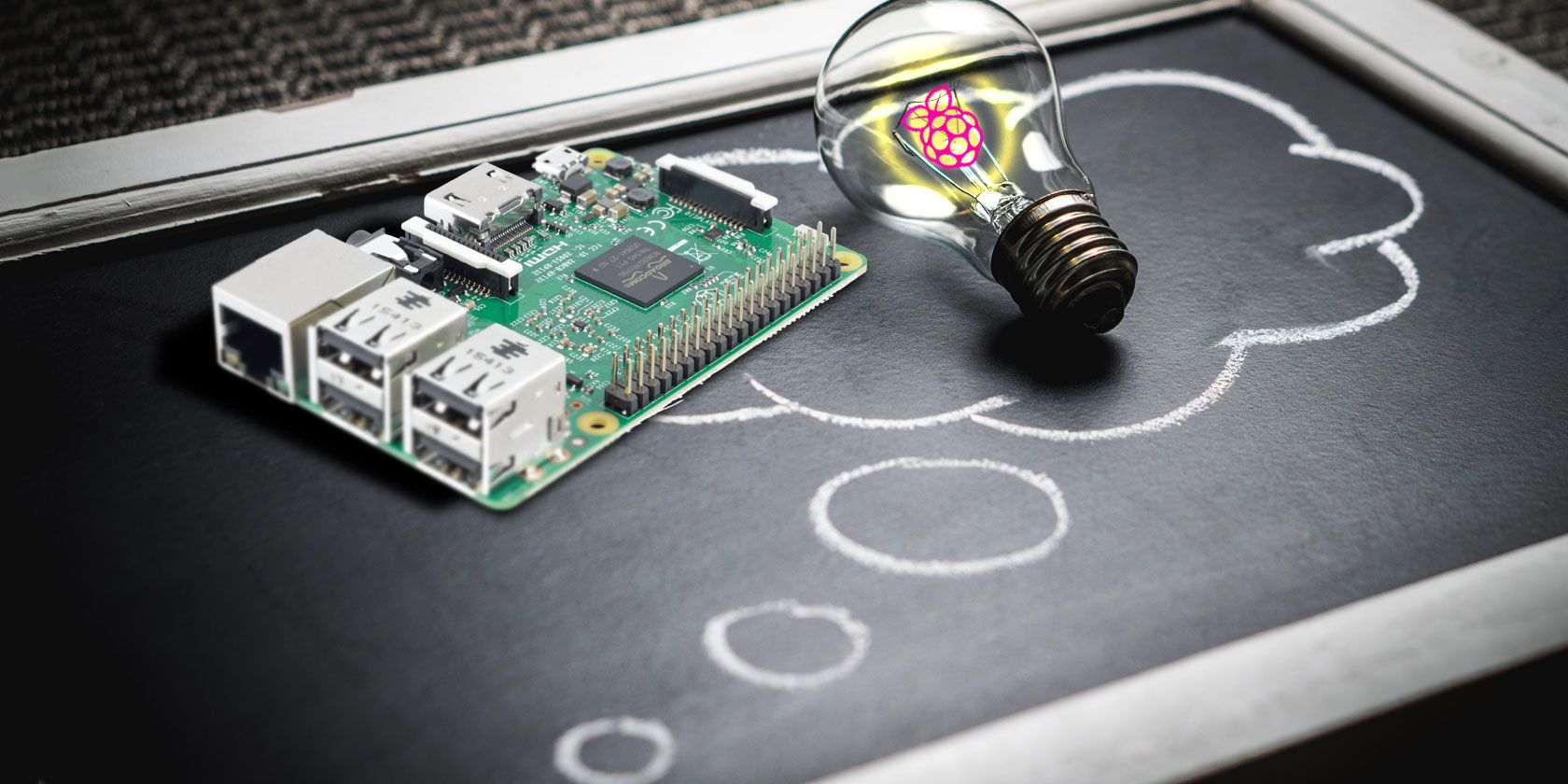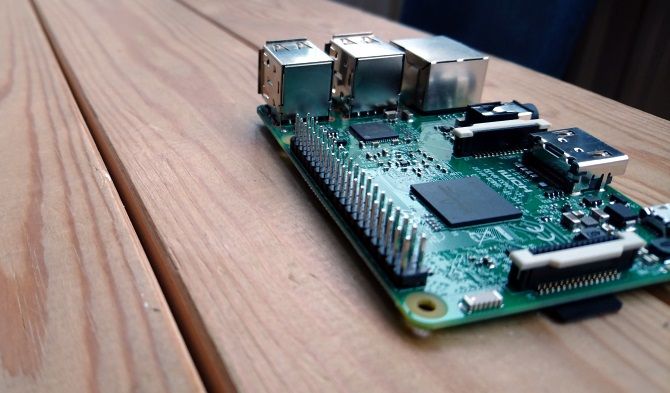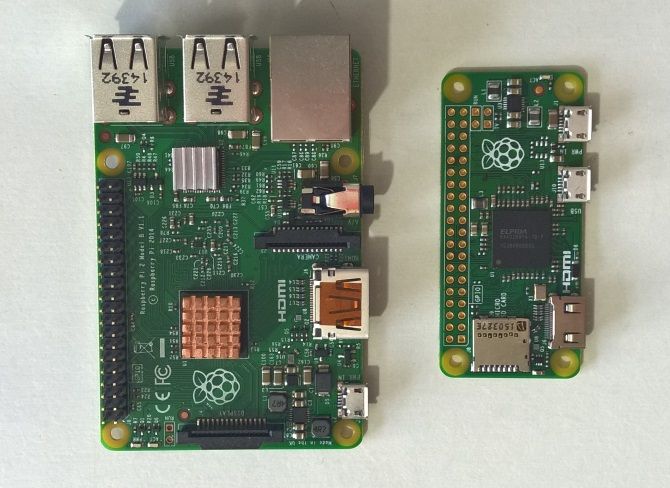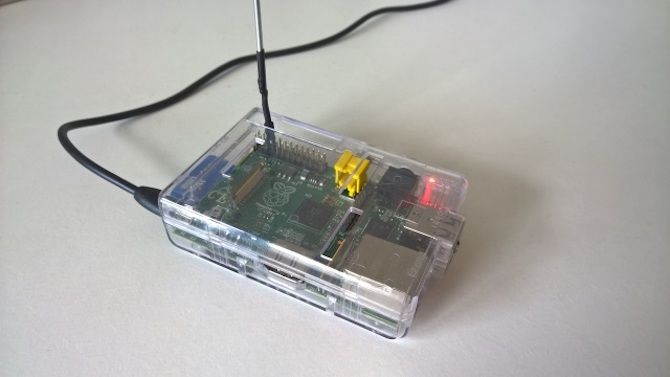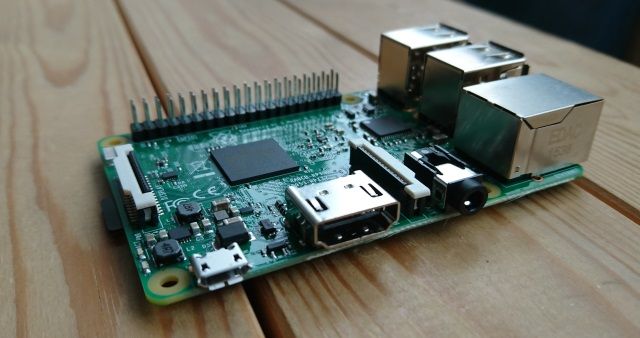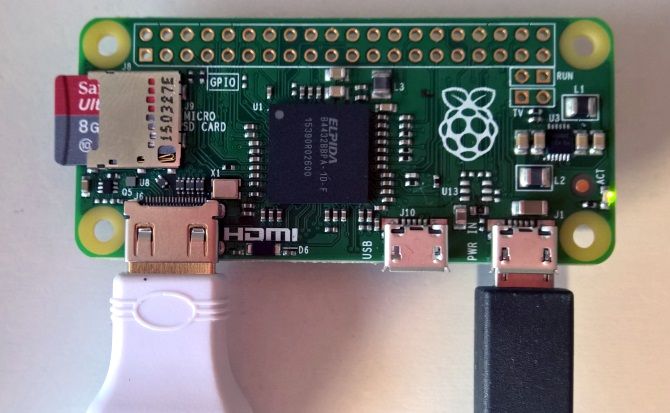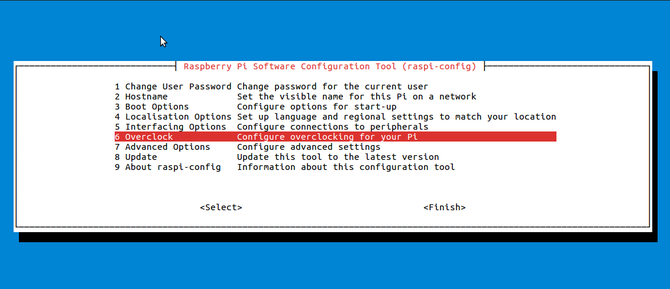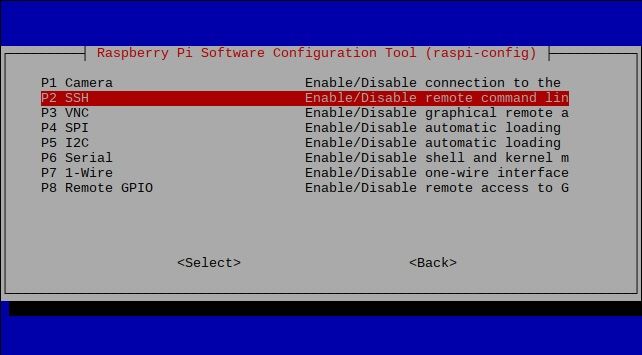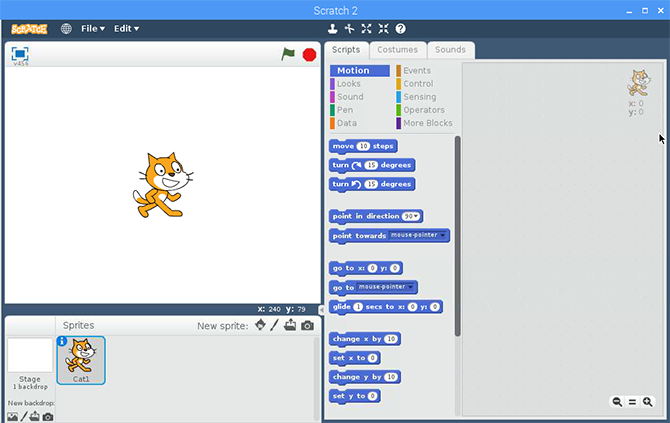It's not a pie full of fruit, but the Raspberry Pi is awesome in its own way. Been hearing a lot about this little computer, but no idea what it's really about? Here's what you need to know.
It might be small, but the Raspberry Pi is capable of so much. That's why there is so much information about the computer, and this is where things can get confusing.
We're going to help you get to grips with everything Pi-flavored, looking at:
- What is a Raspberry Pi? (including the Pi 3 and Pi Zero)
- Where you can buy a Raspberry Pi
- Projects you can run on the Pi
- How to power on the Raspberry Pi
- How to set up the Pi
- What you need to do to SSH into the Raspberry Pi
- How to program on a Raspberry Pi
What's the Deal With Raspberry Pi?
Released in 2013, the Raspberry Pi is a credit card-sized computer initially intended to encourage the teaching of computing in schools. Also equipped with GPIO pins an USB ports, the computer has gone through several iterations.
As of this writing, the Raspberry Pi 3 is the main version, although a slimline alternative, the Raspberry Pi Zero W is also available.
One of the more interesting things about the Raspberry Pi is that it is a British-designed computer. I was lucky enough to visit the Raspberry Pi Foundation HQ in Cambridge back in 2014 and meet founder Eben Upton, before visiting the production line in South Wales.
The Raspberry Pi carries on a British tradition in computing: it is built using the ARM architecture, and the ease with which it can be used to interact with other hardware is reminiscent of the Sinclair computers of the 1980s.
Sure, it has its competitors and it's more complicated than an Arduino (and is often used when a simpler solution would do). But the Raspberry Pi is the hobbyist's dream. Ideal for tinkerers and wannabe programmers alike, it's available for around $35, although you'll find a Pi with all of the necessary hardware costs a bit more.
Projects You Can Do With a Raspberry Pi
Its small size, low power consumption, and use of Linux operating systems (usually Raspbian) has led to the Pi being embraced as a solution to many problems.
However, it's also been used widely as a media center, as well as a retro gaming device. There are so many ways you can use the Raspberry Pi, it can seem a little bit overwhelming.
Think of it this way: consider how flexible your desktop computer is. Then shrink that flexibility down into a device the size of a credit card.
From helping you monitor your network to acting as a print server for older printers, the Raspberry Pi does almost everything. Oh, it's also been into space, too: a Raspberry Pi was taken on board the International Space Station by British astronaut Major Tim Peake in 2016.
In short, there are many different projects you can do with a Raspberry Pi.
Where Can You Buy a Raspberry Pi?
Millions of Raspberry Pi computers have been produced, and they can be bought from many locations online and off. But if you want one as soon as possible, the best place is Amazon.
Here, you can choose between a single Pi on its own, or a kit with a case, cables, and microSD card. If you choose the former, you'll need to ensure you have those components already.
What Is a Raspberry Pi 3?
As noted, the current version of computer is the Raspberry Pi 3. This device, launched in 2016, has superior hardware to the earlier versions (and even the Raspberry Pi Zero). It features a quad core 1.2GHz 64-bit ARM processor, 1GB of RAM (which is shared with the graphics processor), and on-board wireless networking and Bluetooth.
All Raspberry Pis require a microSD card for installing the operating system on, although it is possible to boot a Pi 3 from USB.
A Raspberry Pi 3 has four USB ports, an Ethernet board, and HDMI video output. There's also a 3.5 mm TRRS jack and MIPI display interface for connecting an LCD display (the official touch screen device is particularly good), and a MIPI camera interface for connecting a camera.
Clearly this is a powerful little box of tricks. The hardware specification even makes the Raspberry Pi 3 ideal as a basic desktop replacement.
Don't go for an earlier Raspberry Pi model! We've previously covered reasons why it's time to upgrade to the Raspberry Pi 3.
What About the Raspberry Pi Zero?
First launched for just $5 in 2015, the Raspberry Pi Zero is a smaller version of the Raspberry Pi, without the Ethernet and USB ports, and GPIO pins. If you need to use GPIO, you can either attach your own, or solder direct to the connector holes. Find out more in our Pi Zero getting started guide.
Almost everything has been shrunk down, reducing the width of the board and the height. One USB micro B data port is present, along with a similar power-only port. There's also Mini-HDMI for video and audio output.
A basic Raspberry Pi Zero is available for under $10, although you should turn your attention to the Raspberry Pi Zero W. This wireless variant features onboard Bluetooth and Wi-Fi, just like the Raspberry Pi 3.
Meanwhile, if you need a slimline Raspberry Pi but also need the GPIO pins, the Raspberry Pi Zero WH was released in late 2017.
Not sure whether to buy a Raspberry Pi 3 or a Pi Zero? Check our comparison for the full details.
How to Set Up a Raspberry Pi
Setting up a Raspberry Pi is simple enough, but different from plugging in a standard PC. And it's totally different from using a laptop or smartphone.
To start with, you need to ensure your keyboard, mouse, and display are all connected. You'll also need to flash a copy of Raspbian to your microSD card, using a desktop PC. Without this, the Raspberry Pi computer won't run!
With all of this done, it's time to plug in the Raspberry Pi, and watch as a whole new world of computing opens up to you. Log in with the default credentials---username pi and password raspberry---then change them!
You'll find a collection of apps and tools (even a custom copy of Minecraft) to help you get started, including LibreOffice, the Chromium browser, and various programming utilities. It's also worth investigating the Raspberry Pi Configuration tool, raspi-config.
How Do I Turn On a Raspberry Pi?
Powering up a Raspberry Pi means connecting the power cable. This should either be from an official adapter (or other reliable device) or from a power bank for portable projects.
As soon as the cable is connected, the Pi will boot. There is no power switch.
The Raspberry Pi 3 is best powered with a reputable connector, one that provides the required 2.5 Amp; as long as the power supply provides this, you should have trouble-free computing. But how do you turn a Raspberry Pi off?
Because the Pi has no power switch (you can add one as easily as installing a reset switch), you'll need to turn the Pi off via the desktop.
This is done either by selecting the Shutdown/Restart option, or by opening a command line and inputting:
sudo shutdown -h
This is just one of many Raspberry Pi commands you should know.
Remote Control a Raspberry Pi With SSH, VNC, or RDP
The Raspberry Pi needs a display, as well as a mouse and keyboard to interact with it. But these don't necessarily need to be connected. Instead, you could just plug your Raspberry Pi into your router and connect remotely.
Three remote access options are available:
- SSH: This is a text based option for using your Raspberry Pi headlessly.
- VNC: A remote desktop option, requiring a VNC server on the Pi and a client on your PC.
- RDP: Another remote desktop service, this time using Microsoft's Remote Desktop Protocol.
We've explained how to get all three of these remote control options running. Using SSH in particular can save a lot of messing around, especially if you regularly switch operating systems.
You can even enable SSH on a Raspberry Pi before you've used the computer. While the microSD card is still in your PC, browse to the /boot/ directory (if you're using Windows, this is the only part of the microSD card you'll be able to see) and right-click in the folder window.
Here, select New > Text Document and name it ssh. Make sure you remove the .txt extension. When your Raspberry Pi boots into Raspbian for the first time, the operating system will check for the ssh file, and enable it.
You can then remote connect over SSH using a suitable application (PuTTY is popular on Windows) and the default username and password.
How to Program on the Raspberry Pi
One other thing you might like to know about the Raspberry Pi: it's an awesome device to learn programming skills. It doesn't throw you straight into coding; rather, the Raspberry Pi provides more user-friendly tools to ease you in (like Scratch).
The Raspberry Pi is a great device for children, there's even a version that is focused at youngsters, called Kano.
This combines a Raspberry Pi with some Lego-esque principles: easy to hold components, a click-together case, and clear, bright instructions. If you have little ones that you want to encourage into the world of computing, this is a good start.
Raspberry Pi: Everything You Wanted to Know
While you can't eat a Raspberry Pi, it's an awesome little computer than can do so much more than fill your belly and rot your teeth.
Need more information before deciding if a Raspberry Pi is right for you? Check out our dedicated Raspberry Pi manual.

